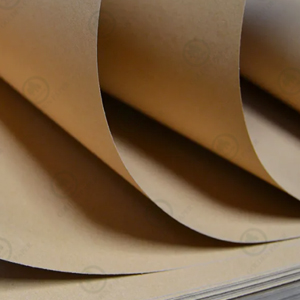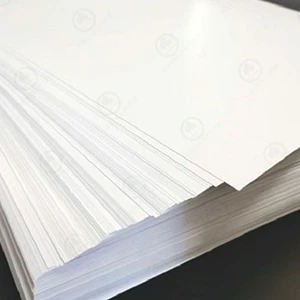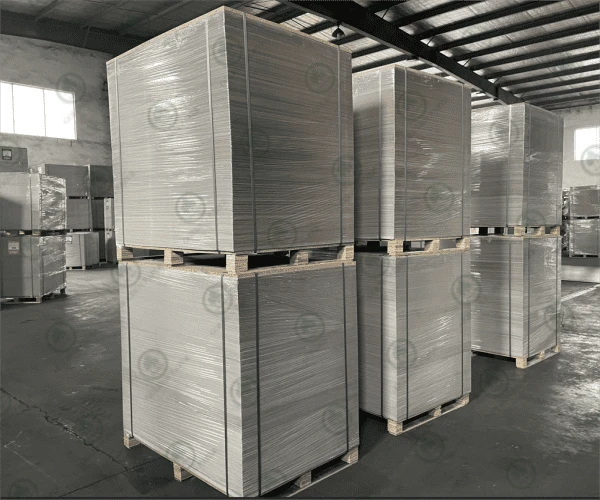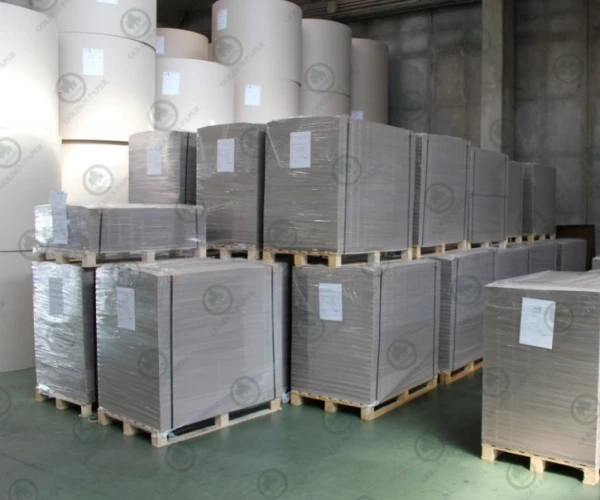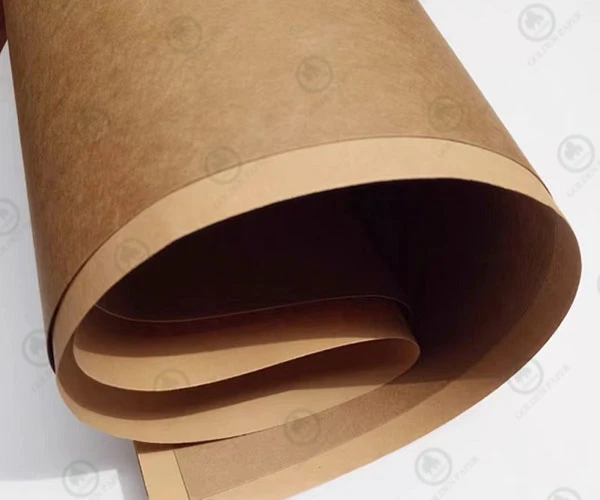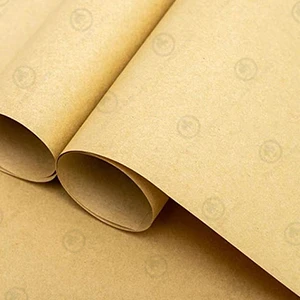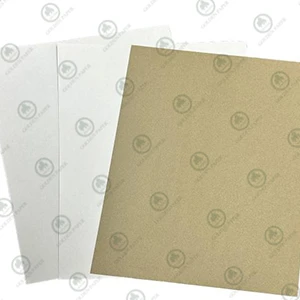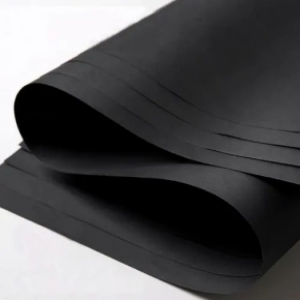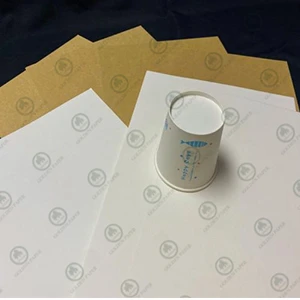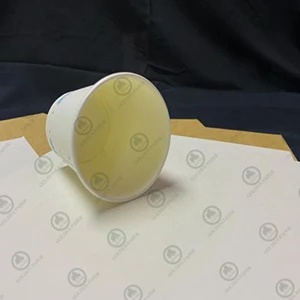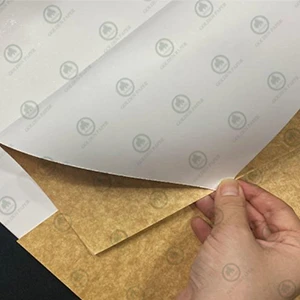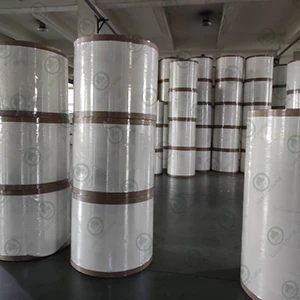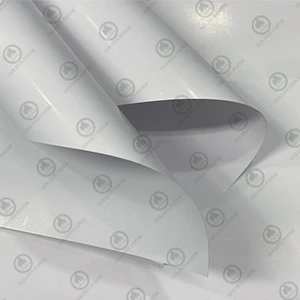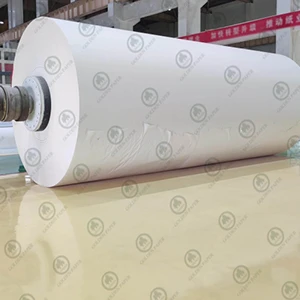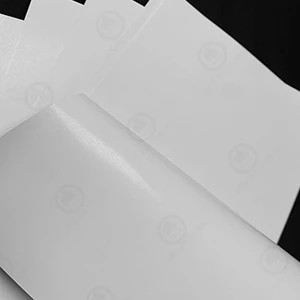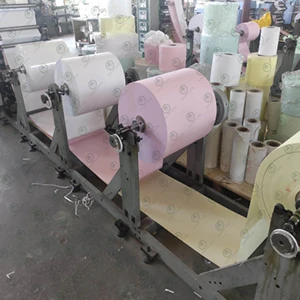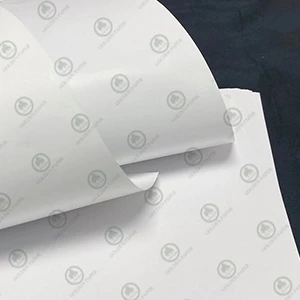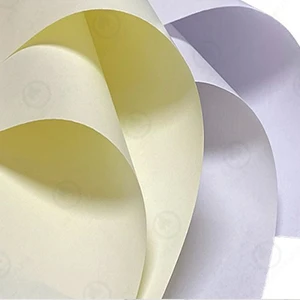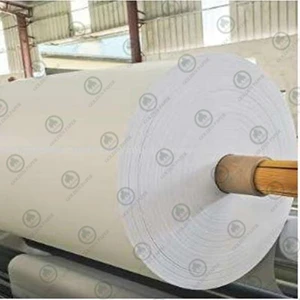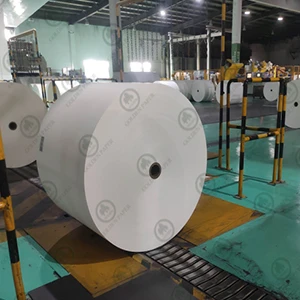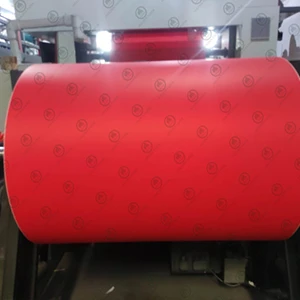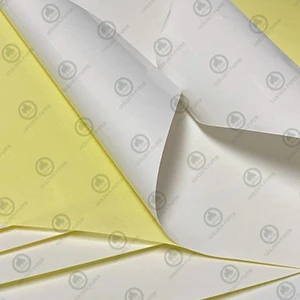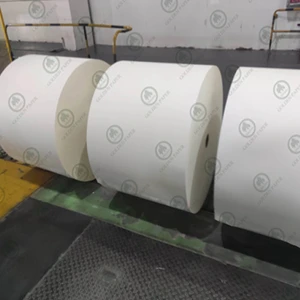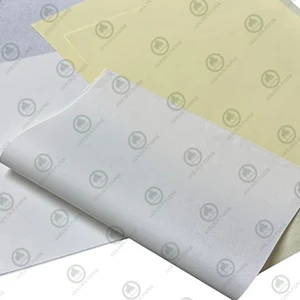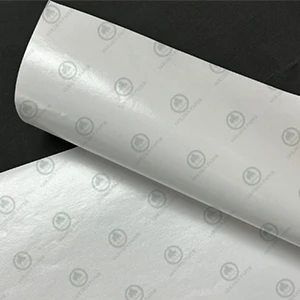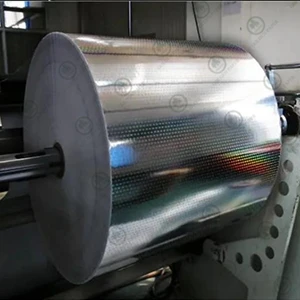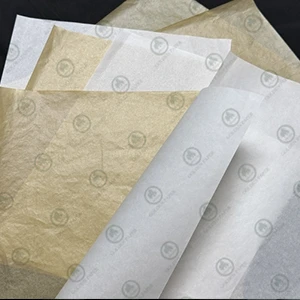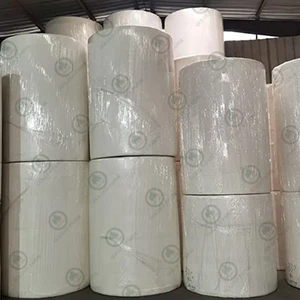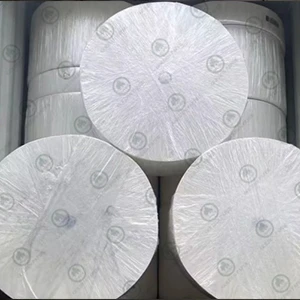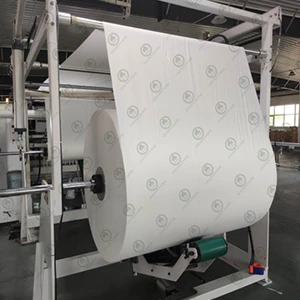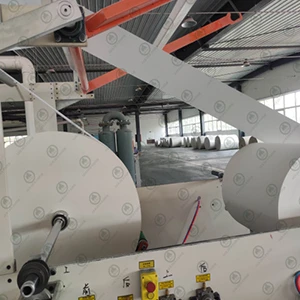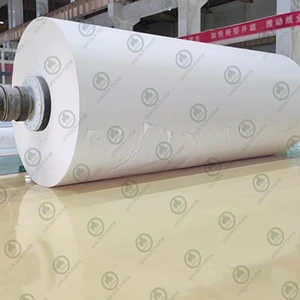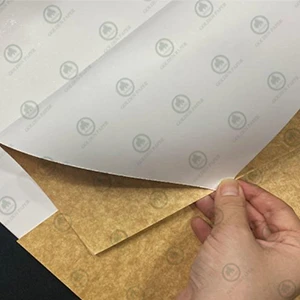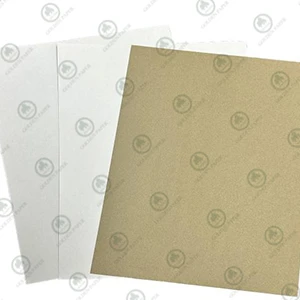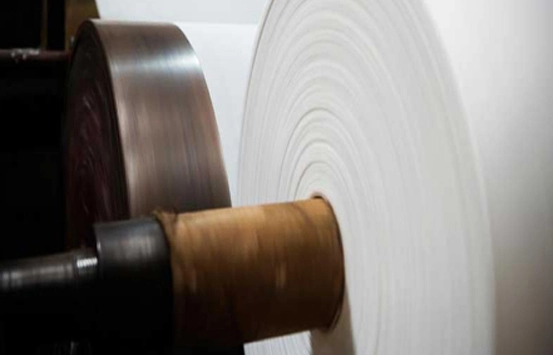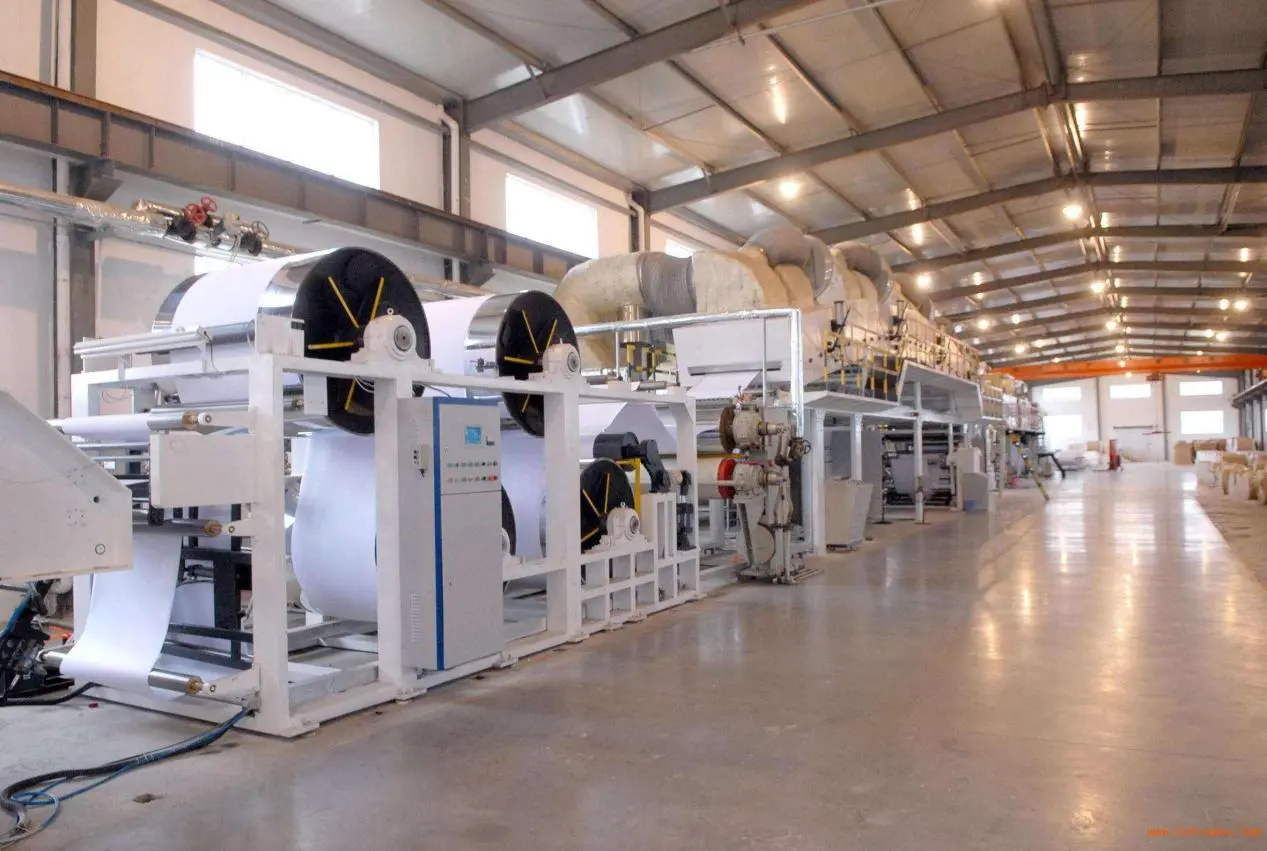Introduction
When purchasing paper, you'll often come across a common specification—paper whiteness. This is especially important for cultural and printing papers, as whiteness can significantly affect the final print quality. So, what exactly is paper whiteness? In this article, I'll explain what paper whiteness is, how it's calculated and expressed, and how it can be improved. If you're interested in these topics, keep reading!
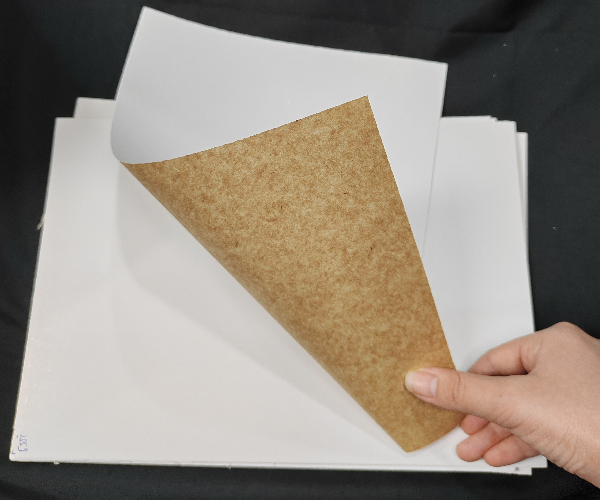
What is Whiteness of Paper?
Paper whiteness is a chemical property of paper. It refers to a technical index that measures how much light is reflected from the surface of the paper when illuminated, also known as paper brightness. A perfectly diffuse reflecting standard white surface is defined as having 100% whiteness. The sample paper is compared with this standard using a whiteness meter—lower reflectance means lower whiteness.
Higher whiteness enhances the contrast between ink and paper, making text and images appear clearer. When printing color images, high-whiteness paper can make colors look more vivid and vibrant. For color printing, the higher the whiteness, the more realistic the colors appear.
However, book and magazine printing usually does not require very white paper. This is because overly white paper increases contrast, which can cause strong visual stimulation and lead to eye fatigue. For example, the whiteness requirement for book paper is generally 55%–75%, for newsprint it's 45%–52%, for offset color printing paper it's 77%–87%, and for coated color printing paper it's the highest—80%–85%.
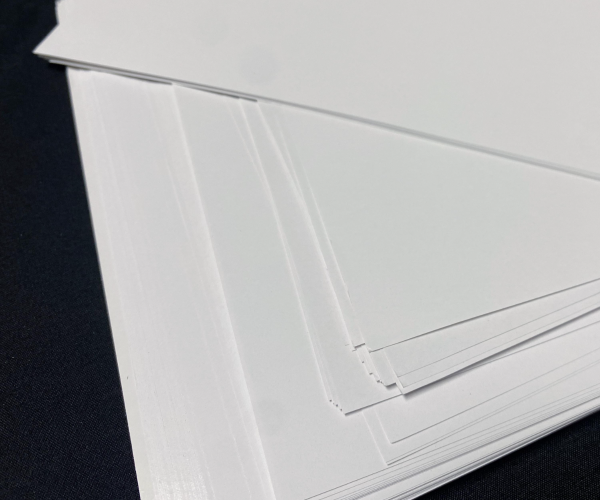
How to Calculate Whiteness of Paper?
So, how do we measure paper whiteness? Professionally, it’s done using instruments. First, a whiteness meter (like a brightness meter or spectrophotometer) is used to illuminate the paper and measure reflectance at a specific wavelength, usually in the blue spectrum (around 457 nm). This is because optical brighteners in the paper absorb UV light and emit blue light.
The instrument calculates the intensity of reflected light to determine the whiteness value. Paper whiteness is usually measured according to international standards like ISO 2470, and the value typically ranges from 0 to 100. The higher the value, the whiter the paper.
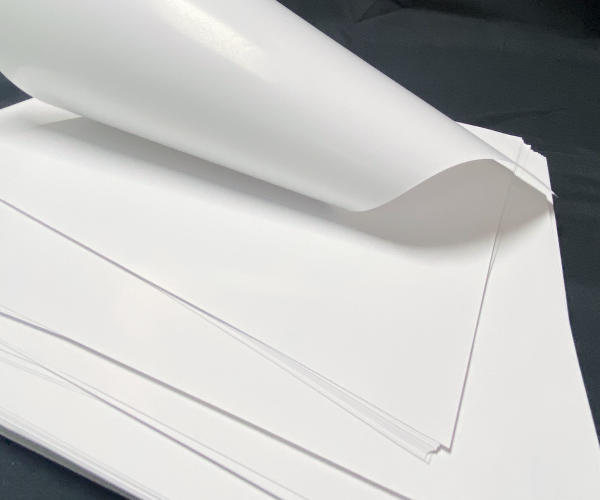
Is the Whiteness of Paper Important?
Is paper whiteness important? The answer is yes. High-whiteness paper increases the contrast between ink and paper, making printed text and images clearer. If you use high-whiteness paper for color printing, the printed colors will appear more vibrant.
However, as mentioned above, book and magazine printing does not usually require paper with very high whiteness. Excessive whiteness increases contrast in the printed product, making the black-and-white contrast more intense, which can cause eye strain.
So different types of paper have different whiteness requirements. For example, the whiteness of copy paper is usually between 102% and 110%; C1S ivory board ranges from 87% to 90%; and woodfree offset paper typically falls between 96% and 102%.
Conclusion
As you can see, when choosing paper, you need to pay attention to whiteness—not the whiter, the better, but the most suitable whiteness for your needs. That's the key to getting high-quality printed materials. At Golden Paper, we've been producing paper for over 20 years and have extensive experience. If you have any questions about paper, feel free to contact us. We're here to offer you professional service and high-quality products, and we look forward to building a long-term partnership with you!
 GOLDEN PAPER
GOLDEN PAPER
 EN
EN
 fr
fr  de
de  es
es  it
it  ru
ru  pt
pt  ar
ar  vi
vi  tr
tr  id
id 